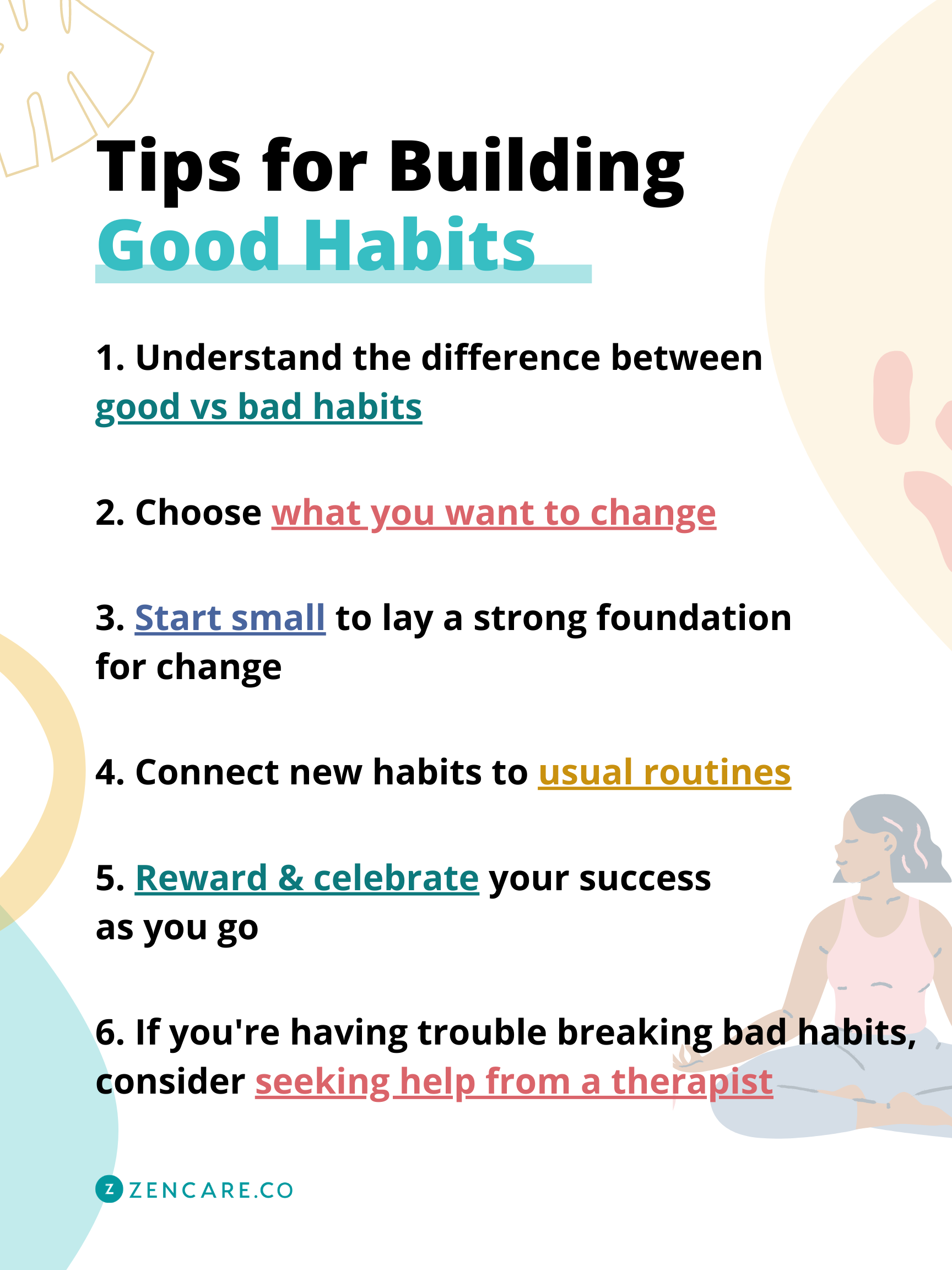
Yoga, which combines breath and movement, is a great exercise to lower blood sugar. It can relax the body, improve blood circulation and help with diabetes symptoms. Yoga is especially beneficial for diabetics as it can improve blood pressure control and pancreatic function. It has been found to be beneficial for patients with high blood sugar levels. This is why it is so highly recommended for patients with diabetes.
It can be done at home and is considered safe. It is important to see a doctor before you start a yoga practice. People with diabetes should avoid doing high-impact, or fast-paced yoga. Certain poses can raise blood pressure. Avoid head stands or forward folds. For example, if you have diabetes, you should consult a doctor before performing these exercises.
Yoga also helps diabetics manage their stress. Certain asanas may increase the ability of the pancreas to produce insulin. By improving pancreatic function, yoga also improves glucose levels and the patient's ability to resist obesity. Like any exercise program, it's important to consult your doctor before starting any yoga activities. Also, you can discuss the health benefits of yoga with your doctor to get guidance on how to choose the appropriate program.

There are many other benefits to yoga for diabetics. One of the most important poses is the Ardha Matsyendrasana. It massages the internal organs. You can reduce your risk of heart disease by increasing insulin release. It has been proven to lower the risk of developing diabetes and improve overall health. You should monitor your blood sugar level and take prescribed medication while you practice.
Yoga is good for diabetics because it has many other benefits. It improves blood circulation as well as the functioning of the endocrine system. It can be used to help diabetes patients manage stress. Stress management is essential for type 1 diabetes. The body can't produce insulin if it is stressed. However, stress can also make insulin production more difficult.
Yoga has many positive effects on the body. It also reduces the chance of developing diabetes. By stretching the internal muscles, yoga improves efficiency, which results in an increase in insulin secretion. This is crucial for controlling blood sugar. It can also help reduce stress levels in people with diabetes and prediabetes. Yoga is not for everyone but it has been proven to be beneficial for those with diabetes.
There are limitations to yoga's ability to improve blood glucose levels. Studies of yoga have often been conducted without proper control groups, with a limited number of participants, and for short periods. These studies may not represent all of the yoga benefits. There are many factors that can influence the study's results. The most important factor is that exercise helps to manage stress and lowers diabetes risk.

Yoga has many benefits. It isn't an aerobic exercise but it does improve blood sugar and reduce waist size, which is very important for people who have diabetes. It can relieve constipation, improve heart health, and even help you lose weight. It can promote a better mood and lower blood pressure. As the best form of medicine, it is beneficial for diabetics to practice yoga. They will have the energy they need for a long and healthy life.
Another benefit of yoga is the ability to treat diabetes. It can help prevent diabetes-related neuropathy, which is damage of the nerves in the body. It can also help to control blood sugar levels, which can be beneficial for people with diabetes. In fact, it has been shown to improve the quality of life of people suffering from diabetes. It should be noted that any exercise should be done under the supervision of a trained professional.
FAQ
Is it true that overeating protein causes kidney stones?
Protein helps maintain healthy bone and tissue. However, too much protein can result in calcium excretion through the urine. This can cause kidney stones.
Not everyone who eats more than 2g of protein per kilogram (2.2 lbs) of bodyweight will get kidney stones. It is possible to eat high levels of protein without developing kidney stones.
By being careful with your sodium intake, you can prevent kidney stones. Sodium regulates the body's water balance. Too much sodium can lead to kidney stones.
You can also try reducing your protein intake if you get kidney stones. Protein provides about half of the daily caloric needs for most adults. A reduction in protein intake will likely result in weight loss.
If you do decide to eat more protein, don't go overboard. Aim for less than 20% of total calories from protein.
Do I have to exercise every single day?
No! Get at least 30 minutes of moderate-intensity physical activity 5 days a week. That could mean walking fast enough for you to get slightly out of breath and biking hard enough for you to sweat.
Is cardio exercise good for your health or bad?
Cardiovascular exercise offers many benefits. It increases blood circulation, strengthens the heart muscle, boosts stamina, aids in weight loss, and gives you more energy.
Cardiovascular exercise includes running, biking, hiking, swimming, tennis, basketball, soccer, volleyball, football, etc.
It is important that cardio exercises are not performed at high intensities. This could result in injury.
Only do the cardio exercise when you are feeling good.
Don't push yourself beyond what you can handle. In this way, you may injure or even kill yourself.
It is important to warm up before you begin any cardiovascular exercise. Next, increase your intensity gradually.
Be aware of your body and listen to it. If you feel pain while performing cardiovascular exercise, it is important to stop immediately.
It is also advisable to rest after a cardiovascular workout. This allows your muscles to recuperate.
Cardiovascular exercise is essential for losing weight.
It is the best way for you to lose calories and decrease belly fat.
Statistics
- By John Thompson Take a whopping 38% off a set of PowerBlock Pros. (menshealth.com)
- An estimated calorie range for moderately active adult males falls between 2,200 to 2,800 calories per day, depending on age. (eatright.org)
- Get free shipping and 25% off today. (healthline.com)
- Are You One of the 20% of Guys (mh.co.za)
- According to the American Heart Association, blood pressure should be checked at least once every two years, beginning at age 20. (my.clevelandclinic.org)
External Links
How To
What should I eat before a workout?
To lose weight, you need to eat fewer calories than you burn during exercise. You also need to consume all your nutrients.
This includes protein, carbohydrates, fats, and vitamins.
The best way to do this is by eating smaller meals throughout the day rather than three large ones.
It is possible to not do as well if your body is too full when you work out.
Consider drinking water rather than sugary energy drinks. This will help you stay hydrated as well as energized.
Be sure to eat enough fluids. Over-consuming water could cause your body to lose its electrolytes.
For proper functioning, your body requires electrolytes.
You could also drink sports drinks if water is scarce. They are rich in sodium, potassium, calcium and magnesium as well as other minerals.
These electrolytes can be replenished by this method. However, they still won't replace what you've lost from sweating.
If you're worried about losing too much salt during exercise, you could take a multivitamin pill.
These supplements contain additional vitamin B6, which can help regulate your body's sodium levels.
Supplements are not recommended if you don’t know the amount of salt in your food or beverages.
They aren’t regulated under the Food and Drug Administration.
One example is that some sports drinks contain more sodium.
Some sports drinks may contain artificial sweeteners or other preservatives. These can cause problems with the digestive system.
If you are worried about too much salt, you could try sea salt.
It contains fewer chemicals that table salt.
Sea salt also lacks iodine. This mineral is important for healthy thyroid function.